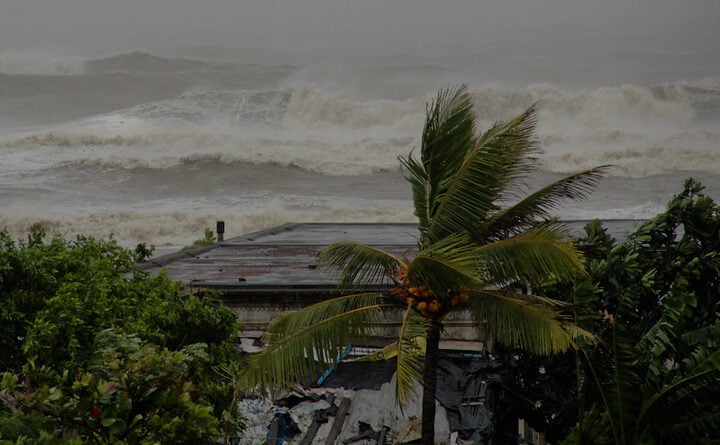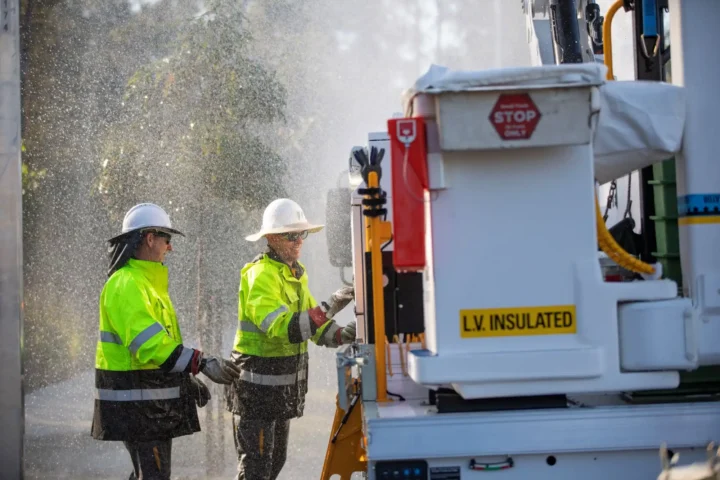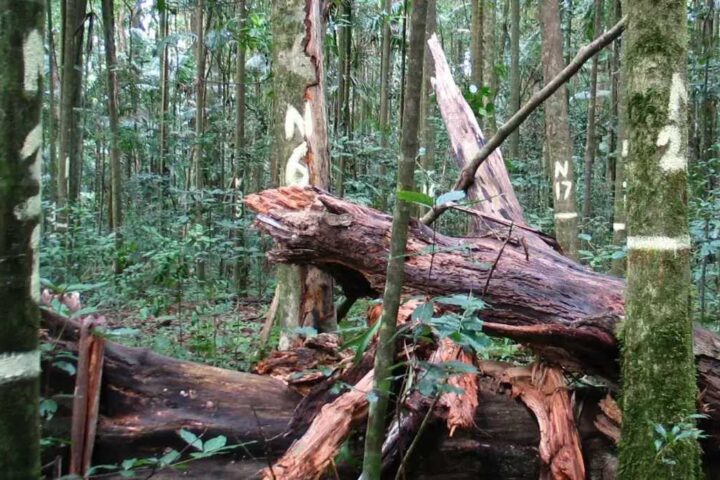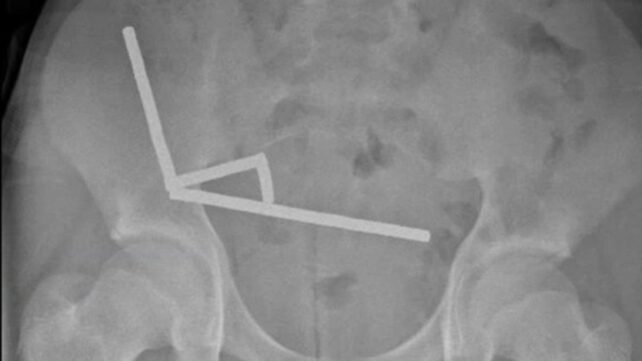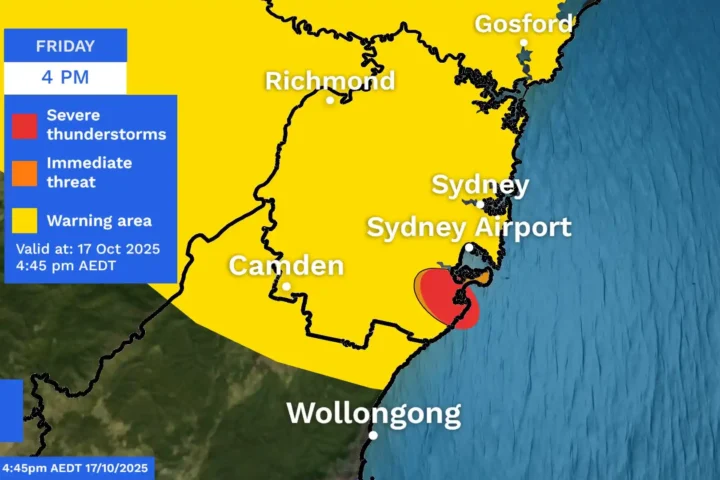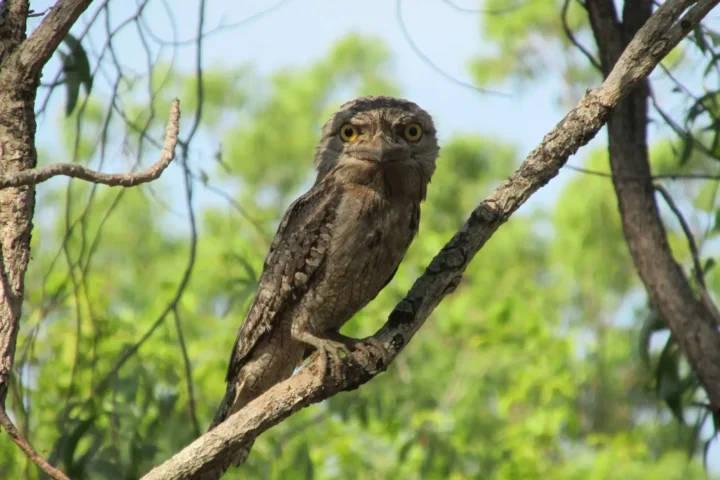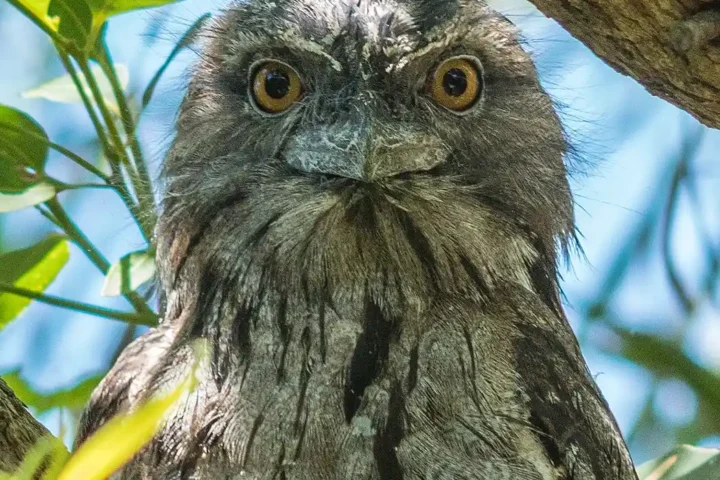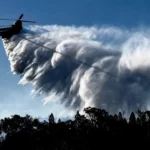A tiny beetle is now posing a major threat to trees across Australia after Western Australian officials announced they can no longer eliminate the pest from Perth.
The National Management Group determined on June 18 that eradicating the Polyphagous Shot-Hole Borer (PSHB) from Western Australia is “no longer technically feasible.” Instead, authorities will shift to managing the pest from July 1.
This beetle, smaller than a sesame seed at just 1.5-2.5mm long, has already spread to 80 suburbs across 25 councils in Perth since it was first detected in August 2021.
“This is tragic news not just for Western Australia, but potentially for native trees, towns and cities, and the horticultural industry across the entire country,” said Dr. Carol Booth, Invasive Species Council Policy Director.
The beetle doesn’t directly eat trees. Instead, it bores tiny holes into trunks and branches where it farms a Fusarium fungus as food. This fungus blocks the tree’s water and nutrient flow, eventually killing susceptible trees.
What makes this pest particularly concerning is its wide range of targets. Globally, it attacks over 500 tree species. In Western Australia alone, 15 native tree species are highly susceptible, including iconic Australian trees like figs, paperbarks, banksias, and eucalypts. Another 23 species show moderate susceptibility.
The beetle’s impact extends beyond tree loss. Fewer trees means hotter urban areas, poorer air quality, reduced wildlife habitat, and potentially millions in costs for tree removal and replacement.
WA Agriculture Minister Jackie Jarvis said the government initially believed eradication was possible, but that’s no longer the case. The state budget has allocated $26.5 million toward managing the pest.
The opposition has criticized the handling of the outbreak, with Shadow Agriculture Minister Lachlan Hunter saying, “Minister Jarvis has admitted she failed to keep Western Australia protected.”
Similar Posts
The beetle doesn’t fly well, typically traveling only about 30 meters at a time. Its spread across Perth likely occurred through transported pruned branches or infested firewood.
Prevention remains critical, as the beetle can survive in cut wood for up to seven months. Quarantine measures are in place across 30 local government areas, restricting movement of bark, potted plants, firewood, tree prunings, logs, and wood chips.
Dr. Theo Evans from the University of Western Australia notes that native forest trees like marri and karri are vulnerable. “These are important trees, not just for the WA bush, but there are close relatives throughout the bush across Australia,” he said.
Unlike most pests, chemical treatments have proven largely ineffective because sprayed insecticides can’t reach beetles inside their tunnels. Researchers are testing combinations of insecticides and fungicides that can be administered inside trees, with “very promising” early results, according to Dr. Evans.
For now, the only approved treatment is removing and chipping infested trees into pieces smaller than 2.5cm. Even this method isn’t foolproof – if a mature tree contains tens of thousands of beetles, hundreds may survive the chipping process.
The Invasive Species Council warns that Australia’s biosecurity prevention systems need strengthening. “We need coordinated efforts and strong containment measures in place to protect forests, bushland and urban trees across the rest of Australia,” Dr. Booth said.

Officials urge residents to check trees for signs of infestation, including tiny round holes, sawdust-like frass, sticky ooze or sap, and branch dieback. Suspected cases should be reported immediately through the MyPestGuide Reporter app or the Exotic Plant Pest Hotline.
As Australia transitions from eradication to management, the challenge now falls to all Australians to prevent this destructive beetle from establishing itself nationwide.





